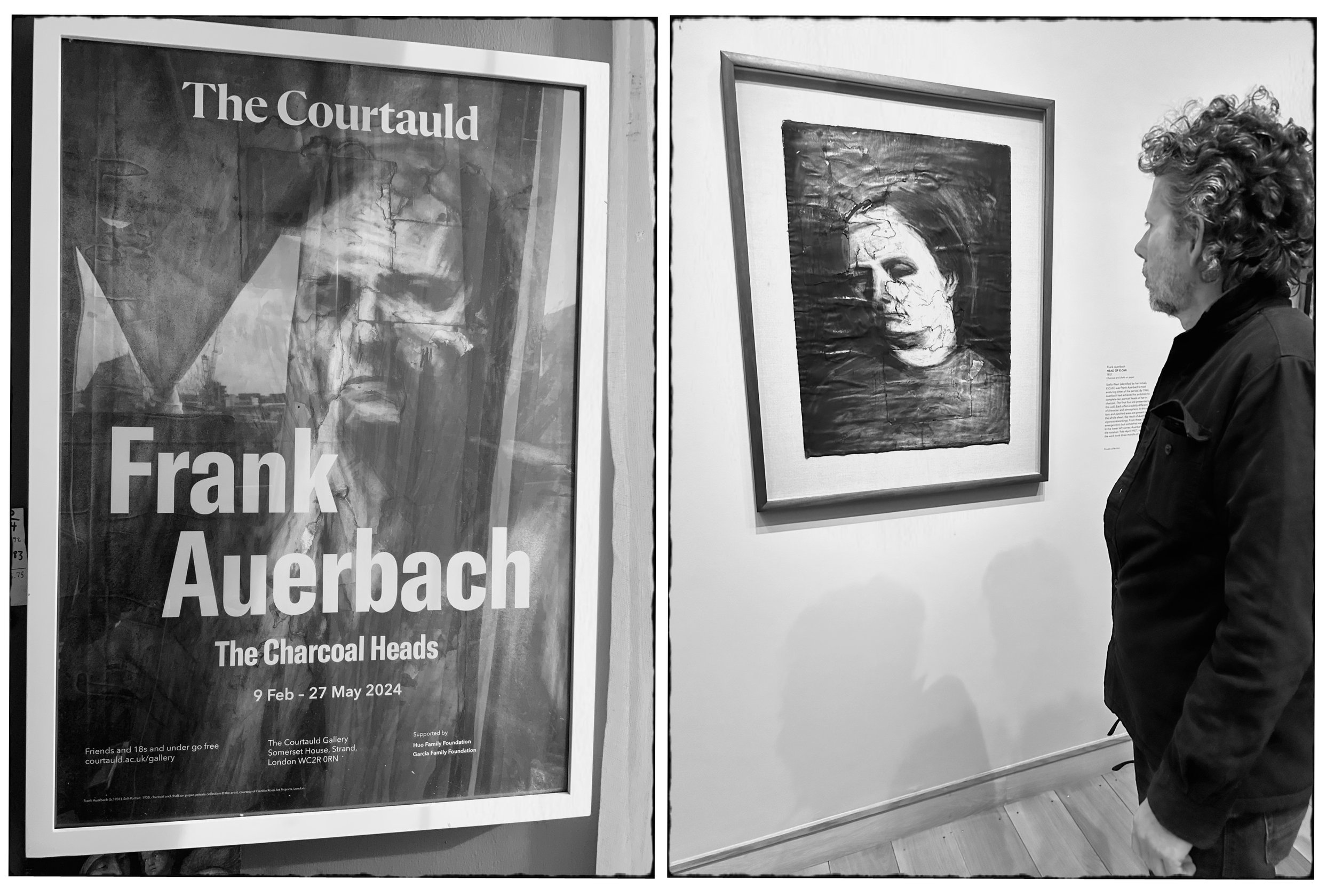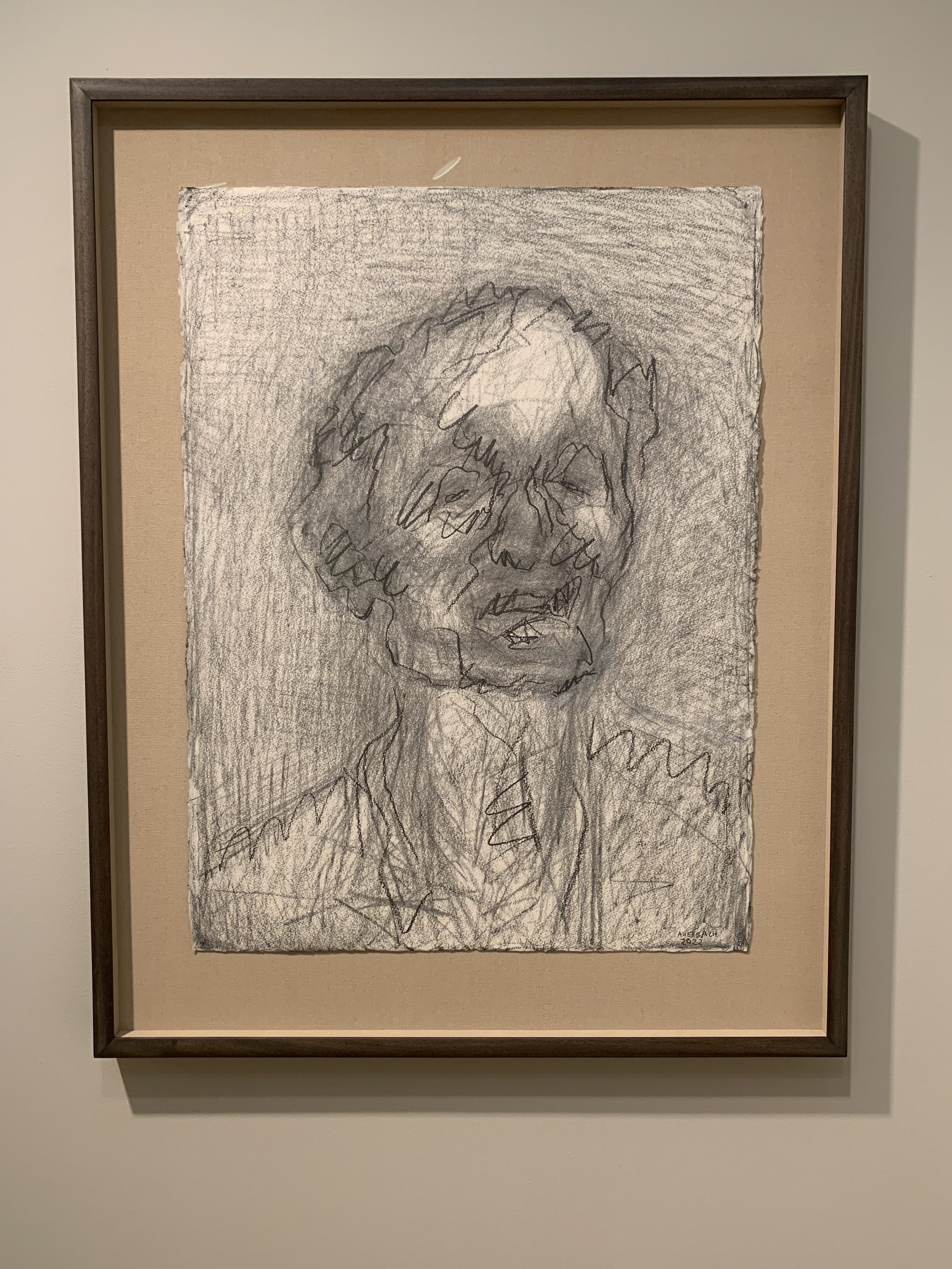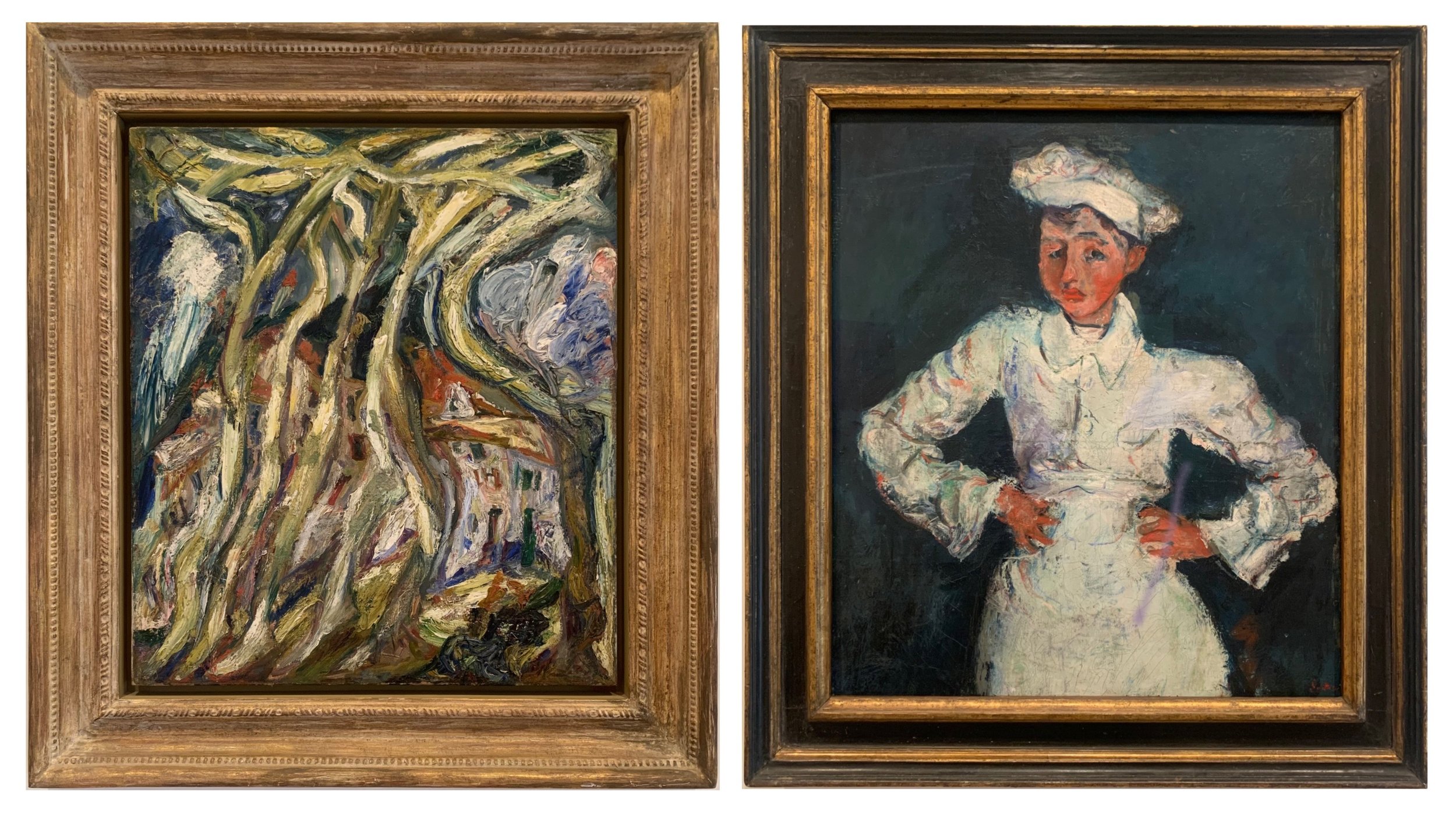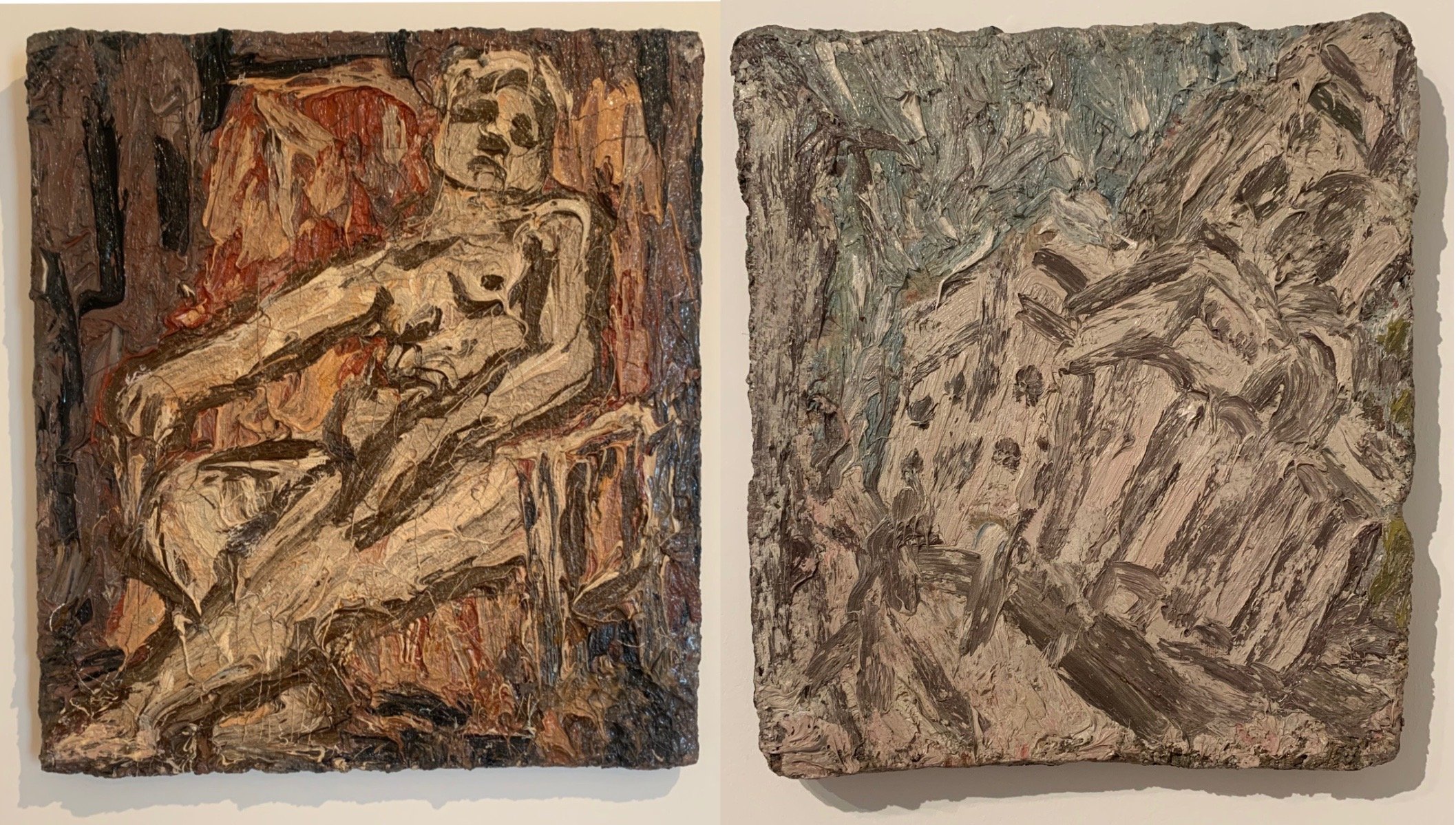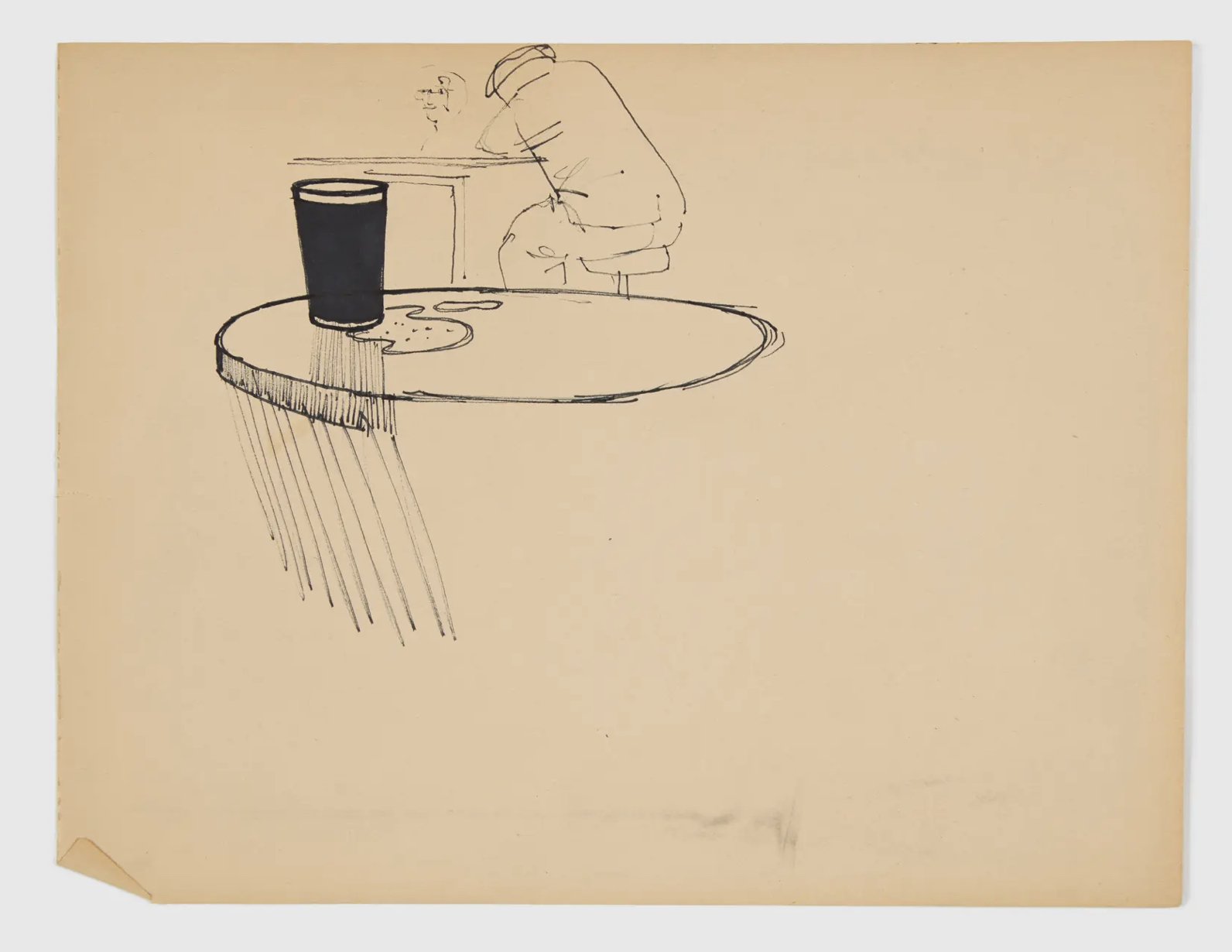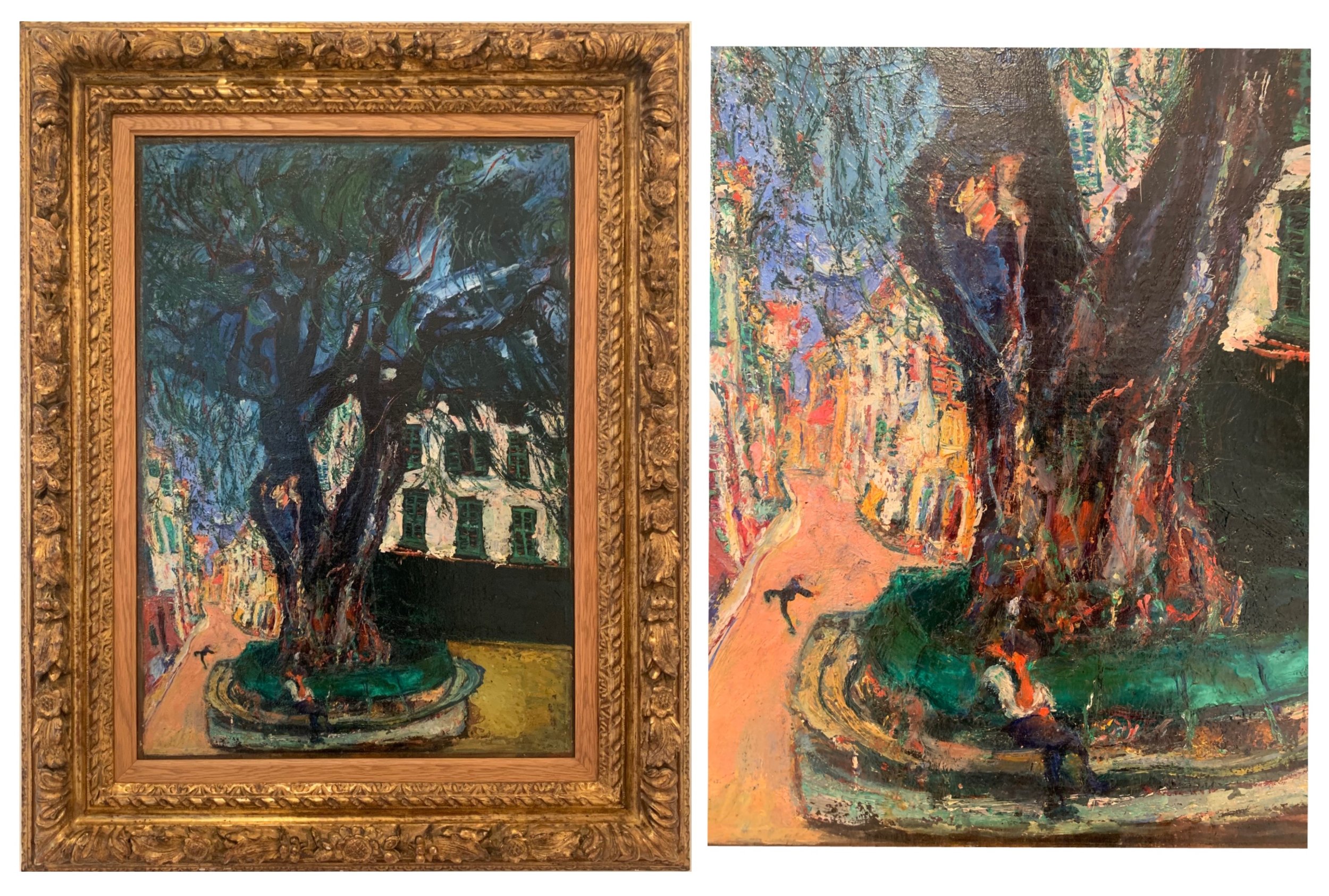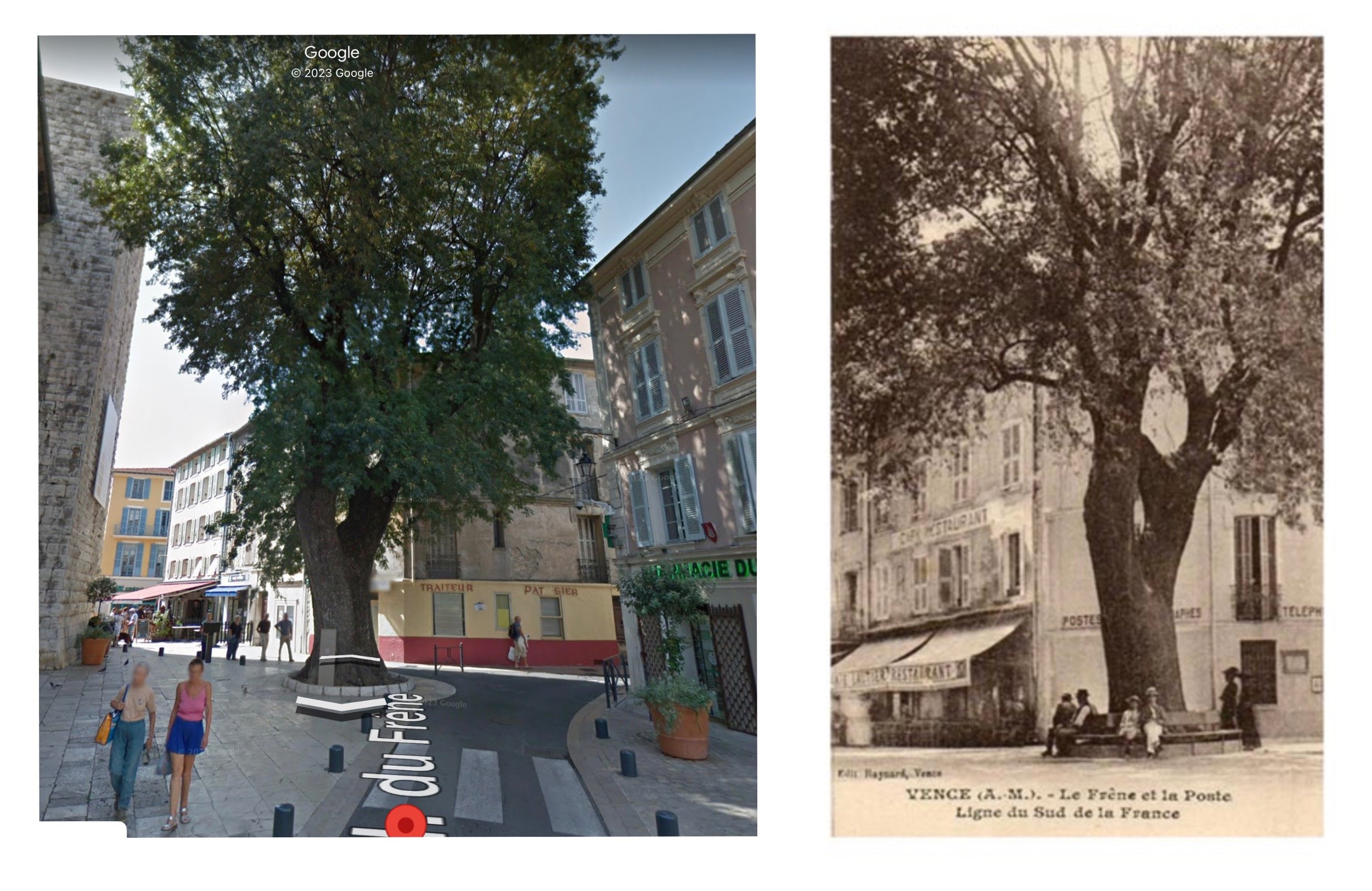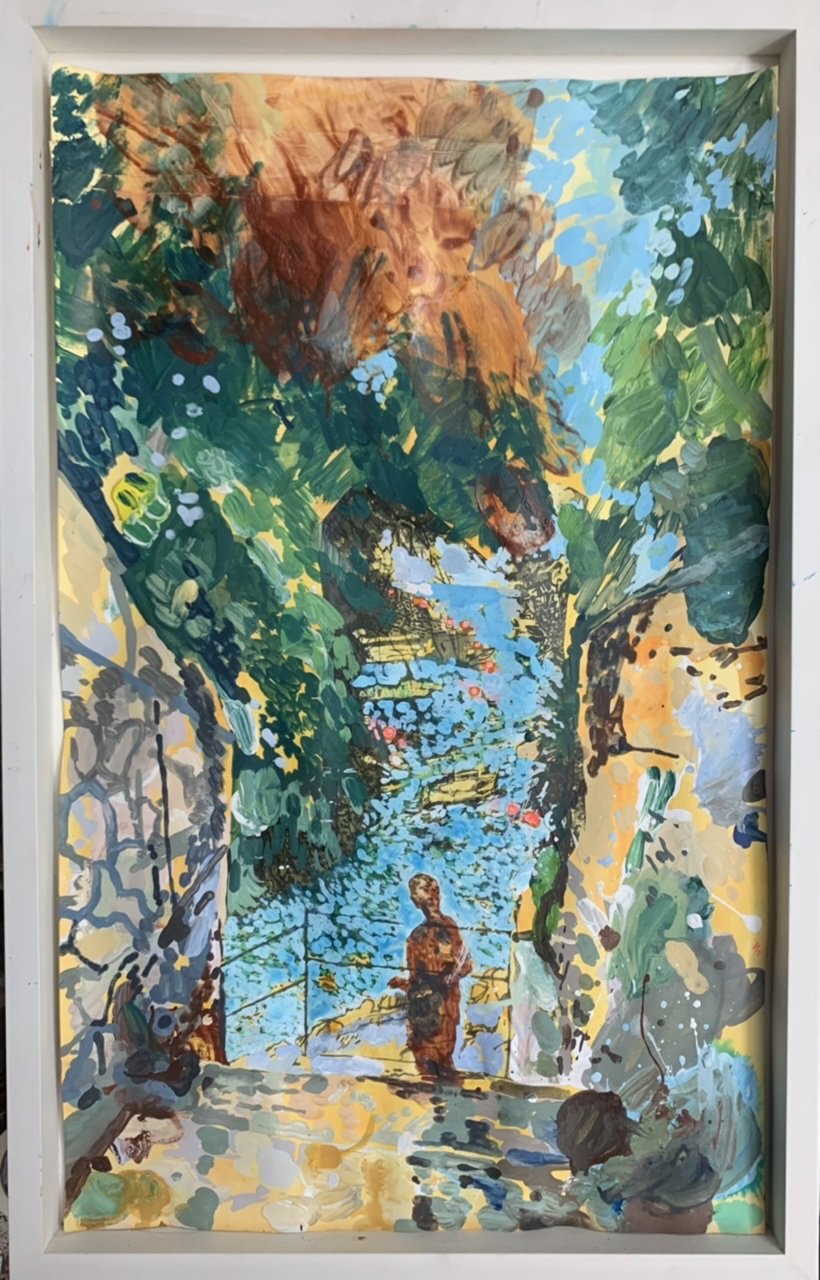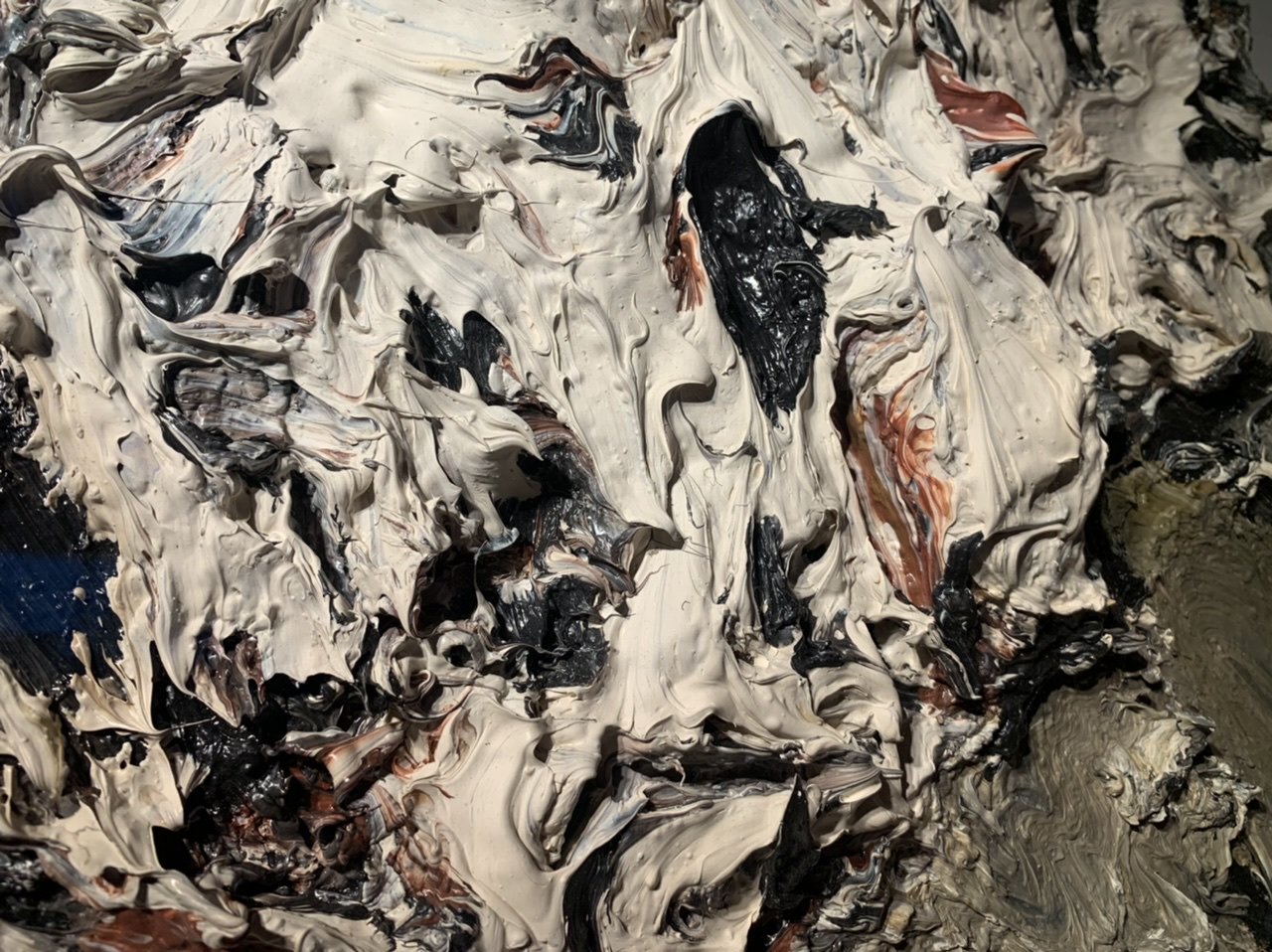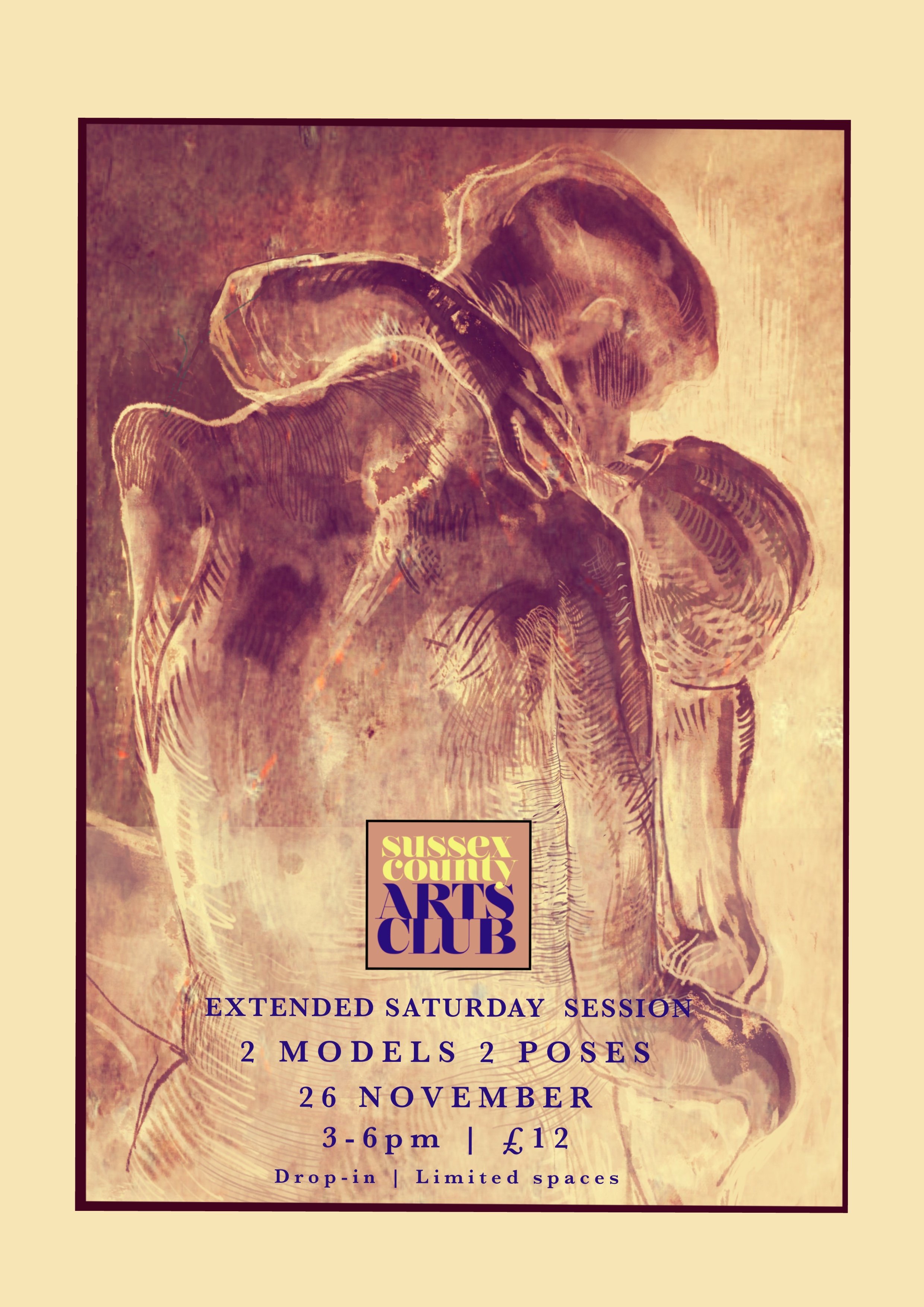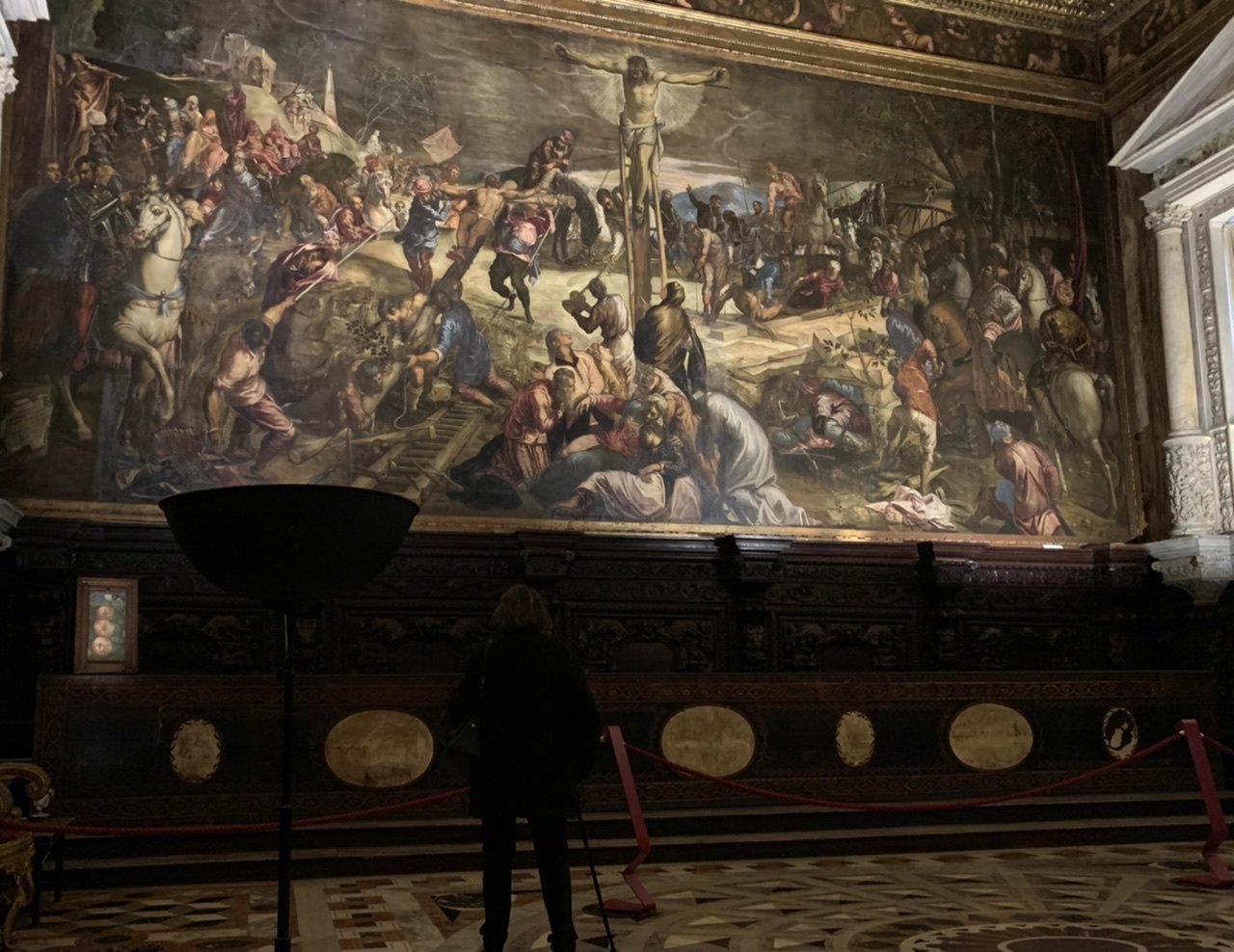Cami de Ronda, 2023 started out as a drawing I made in 2007. Wandering along the coastal path on the Costa Brava I had often passed by this view. The broken and dying pine tree lurching towards the sea had appealed to me as its complicated silhouette was thrown against the cobalt blue backdrop of the early evening sea. The track for launching a boat that emerged from a tunnel out of sight below the path and then running out and submerging in the water was also powerful element.
After the initial drawing in 2007 I thought nothing more about this view until early 2023. I was looking through my files of drawings for ideas for paintings for an exhibition that I was preparing for in June 2023 at the Catto Gallery in Hampstead NW3. The view seemed to have potential.
Talking of ‘files’ I seem to have done enormous amounts of research for studio paintings in Spain, Italy, Miami, Tenerife to name a few. I have drawings dating back to the 80’s that suggest paintings that as yet, haven’t made it to canvas for one reason or another.
I went back to Spain and discovered the tree had gone. I was disappointed but at least I had my initial drawing. I sat and made newer drawings. Back in the studio in Brighton I began. The painting emerged slowly from all the studies and it became apparent that there should be a figure in there somewhere. It was a slow process as I was trying to build up the surface and deal with balancing the light of the shadowed foreground and the lighter brighter elements in the rocks on the upper left. In addition to this getting the tree just right proved difficult and I kept redrawing and repainting the upper sections.
Finally, framed in dark oak this painting looked great.
Camí de Ronda Oil on board 131 x 95 cm 2023
Study oil on panel 30 x 24 cm



